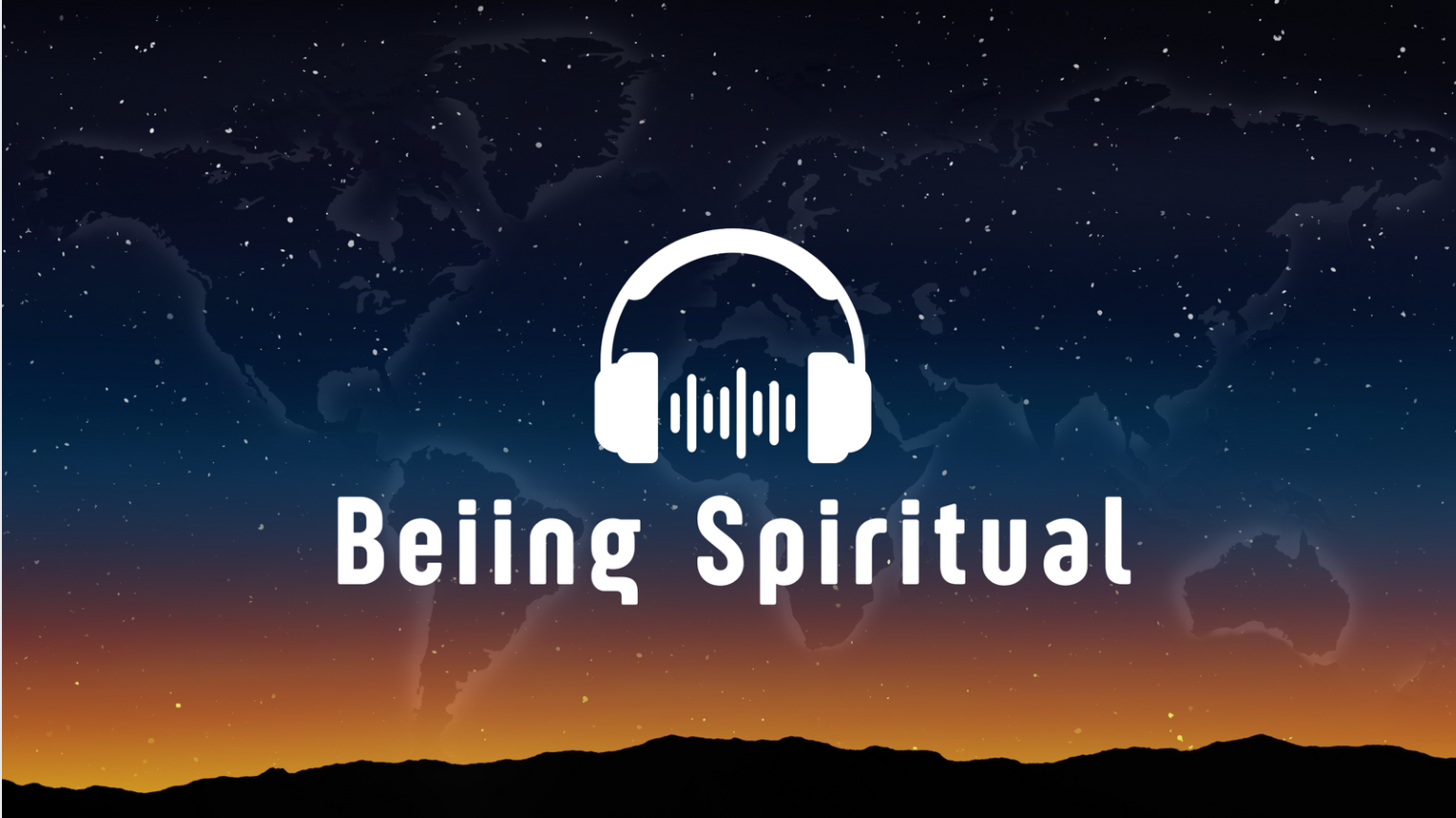The Core Insight: A Simple Diagnosis
The Buddha’s teachings are centered on a clear, powerful diagnosis of the human condition, laid out in the Four Noble Truths. They provide the roadmap to understanding suffering and its end.
1. The Truth of Suffering (Dukkha)
Life, at its most basic level, includes a form of dissatisfaction or stress. This isn’t just about big tragedies; it’s the subtle ache of impermanence, the unease of wanting things to be different than they are. It’s the sadness of a beautiful sunset ending or the frustration of not getting what you want.
2. The Truth of the Cause of Suffering
The root of all this suffering is craving (taṇhā) and ignorance (avidyā). We crave pleasure, security, and an unchanging sense of self. When we don’t get what we want, or lose what we have, suffering arises. We fail to see things as they truly are—interconnected, fluid, and impermanent.
3. The Truth of the Cessation of Suffering
This is the beautiful truth: suffering can end. The flames can be put out. Nirvāṇa is the state of mind where that craving and ignorance have been permanently extinguished, bringing a sense of complete, unconditional peace.
4. The Truth of the Path to the End of Suffering
Fortunately, there is a way to get there. The Eightfold Path is the practical guide to extinguishing the fires of craving. It is the practice that makes Nirvāṇa a lived reality.
Two Classic Ways to Describe Nirvana
Though it’s beyond words, two classic metaphors help us grasp what Nirvāṇa feels like.
1. Extinguishing the Fire
Imagine your mind is a raging bonfire fueled by constant desire, anger, and delusion. The fire roars, demanding more and more fuel. Nirvana is the moment the last spark goes out. The mind becomes cool, unburdened, and quiet. There is no longer a compulsive need to acquire or avoid things. The peace that remains is not an absence of feeling, but a freedom from the heavy, burdensome emotions that once dominated the mind.
2. Unveiling the Truth
Another way to see it is as the unveiling of reality. Our ignorance is like a thick fog that distorts our view, making us cling to illusions. We believe things are permanent, that we are a separate, unchanging self. When this ignorance drops away, we see the world as it truly is—a vast, interconnected web of life. There’s nothing to add or create; you simply see what was always there. The freedom comes from no longer fighting with reality.
The Path to Freedom (In Practice)
You don’t just “find” Nirvana; you realize it through diligent, daily practice. The Eightfold Path is a holistic training program for the mind, broken down into three simple categories.
1. Ethics (Śīla)
This is the foundation. It’s about cultivating a compassionate and non-harmful way of living.
- Right Speech: Speaking kindly and truthfully.
- Right Action: Not harming others, and acting with integrity.
- Right Livelihood: Earning an honest living that doesn’t cause harm.
2. Meditation (Samādhi)
This practice is about training the mind to be present and focused.
- Right Effort: Consciously choosing to cultivate wholesome thoughts and abandon unwholesome ones.
- Right Mindfulness: Paying attention, moment to moment, to your thoughts, feelings, and body.
- Right Concentration: Developing deep, one-pointed focus through practices like meditation.
3. Wisdom (Prajñā)
This is the clarity that arises from a stable, ethical mind.
- Right View: Truly understanding the Four Noble Truths.
- Right Intention: Acting from a place of love and compassion, not from greed or anger.
Together, these practices work to cool the mind, calming the cravings until they no longer have power over you.
Common Misunderstandings About Nirvana
- Is it “nothingness”? Nirvana is not an empty void or a final “end.” It is the freedom from the causes of suffering, which is a state of profound peace, clarity, and deep presence.
- Is it escapism? Far from it. When you are no longer burdened by craving and aversion, you become more present and compassionate. Nirvana frees you to engage with the world more fully and with a clearer mind.
- Is it only after death? While the final, complete Nirvana is often associated with death, stages of awakening begin and can be realized in this very life.
Closing Reflection
Nirvana is the ultimate freedom—the heart free from clinging, the mind clear and unclouded, and compassion as natural as breathing. It is an unconditional ease that is available to anyone who is willing to walk the path.






प्रातिक्रिया दे